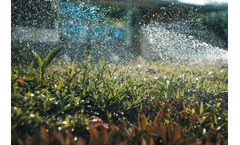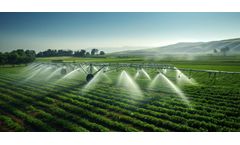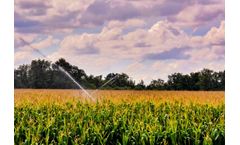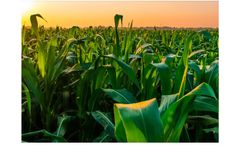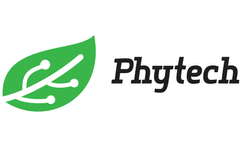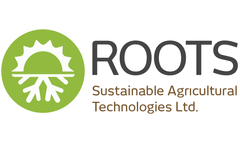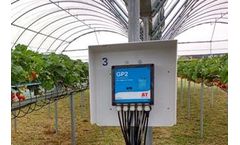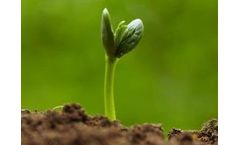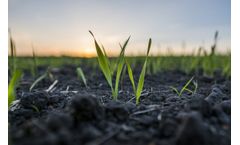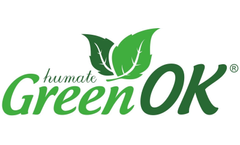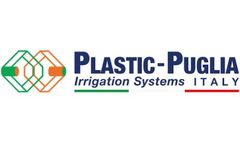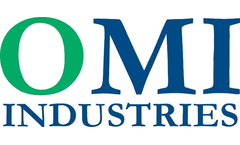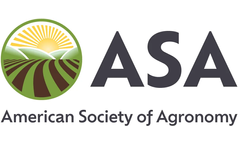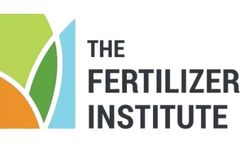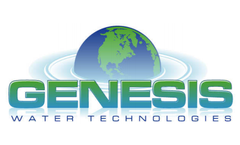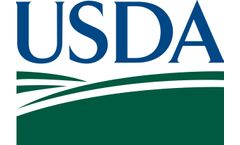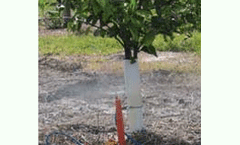Refine by
Root Zone Articles & Analysis
21 news found
The greenhouse drip irrigation systems are among the most advantageous inventions that modern horticulture is experiencing, just because they try to minimize the use of water and other inputs in order to grow plants as much as possible in the right direction. Such drip irrigation is designed in a way to feed water directly to the plant’s roots for minimal wastage of water and nutrients. ...
Water is an essential input in modern agriculture; irrigation ensures that crops get sufficient amounts of water to grow well, especially in areas where rain is not acceptable. A correctly selected irrigation system can provide water efficiency and yield for crops as well as farm productivity. Of the various irrigation systems available, sprinklers happen to be among the most often used ...
The irrigation system is one of the most important parts of agriculture, and it is the life support of agriculture because without purified nutritional water, you cannot get good crops, and without an irrigation system, you cannot distribute water. Irrigation can make a big difference to your farming business. Your initial investment in agricultural water systems and purification will be ...
The microbes in biotrinsic X19 are living organisms that grow in harmony with plants, colonizing their roots and expanding the zone of disease intervention as the roots grow. ...
Web app: Soil moisture and soil temperature data Growers can now toggle between the soil's root-zone and profile view, and we've also added soil temperature graphs. ...
ByPhytech
The area/pivot screen now displays: Irrigation and rain summaries, and Irrigation spans Plant status & Phenology stage graph Soil Graph, Root Zone, and profile with: Plant dynamic refill line. Easy access to Days \ Weeks \ Months' views The plot card's new design Interchangeable weather and Evapotranspiration forecast Newly ...
ByPhytech
Roots Sustainable Agricultural Technologies Ltd (ASX:ROO) has secured a sales contract for 3 systems of its proprietary Root Zone Temperature Optimization (RZTO) technology, ordered by the prestigious Israeli National Agricultural Research Organization (ARO) – the Volcani. The company’s technology will be deployed to heat and cool ...
It was found that black grow bags absorb sufficient additional solar radiation to create warmer root zones (especially earlier in the growing season), whilst white bags reflect more light up into the canopy of the growing crop (see image below for effects on substrate temperature). ...
Biofeed Builds Better Soil! Biofeed Solutions, Inc. brings over 35 years of product research and development of non-toxic fertilizer products formulated to condition and build healthier soil, while they supply nutrients in a plant available form. This means that fewer nutrients are wasted with no harmful impact on our environment. We focus on the long-range needs of soils, plants, and our ...
We are heading into what is looking like another typical year in agriculture where the only thing that is constant is change and wondering what the weather will do. This year in many areas of the Prairies had a dry fall, little to zero snowpack and what was there melted and ran off early leaving soil moisture levels at almost drought levels. This is leaving many producers wondering how to take ...
Humic substances as the part of the humus is biologically very active and have direct effects on plants and microorganisms in the plant root zone, stimulate similar processes as an organic substance in soil in general. ...
ByGreenOK
“Micro-irrigation”, or drip irrigation, is a method which allows the farmer to give the same amount of water to the roots of each plant, without waste. In “sub-irrigation”, instead, water is delivered to the plant root zone from below the soil surface and absorbed upwards. ...
“The soil moisture sensors let me drastically reduce water usage by telling me when to water and how deep to water to push the salts past the bulk of the rooting zone. The majority of the roots are in the top 20 centimeters (cm) of soil, so there is a sensor there and one at 61 cm so I can see when I’ve watered deep enough to get the ...
The Soil Moisture Module conserves water and fertilizers by ensuring irrigation flows do not continue beyond the root zone and that crops do not suffer from a deficit of water. Other modules offered by Semios include Pest Management (eg Navel Orangeworm monitor and control), Chilling Hours, Frost Management and Disease Control. ...
Pulses add nutrient value to the soil. They do this because their roots have soil microbes – bacteria in this case – living in them. ...
That puts nutrients right into the root zone so they’re readily accessible to plants. It also eliminates the prospects of runoff and volatilization. ...
He uses a combination of grasses and legume to sequester nutrients in the root zone during the winter fallow periods. “The soil is our most important asset,” Scates says. ...
Zeolite has a known ability to act as a natural slow release mechanism of nutrients to the root zone of new plant seeds thereby increasing the strength and performance of the plants. ...
Ahuja and his colleagues came up with the findings in China by combining the ARS Root Zone Water Quality Model with the Decision Support System for Agrotechnology Transfer crop growth modules. ...
With probes such as these, growers can maintain water in the root zone better, and reduce over-irrigation. Minimizing over-irrigation reduces water loss and leaching of nutrients and promotes greater water use efficiency. ...

